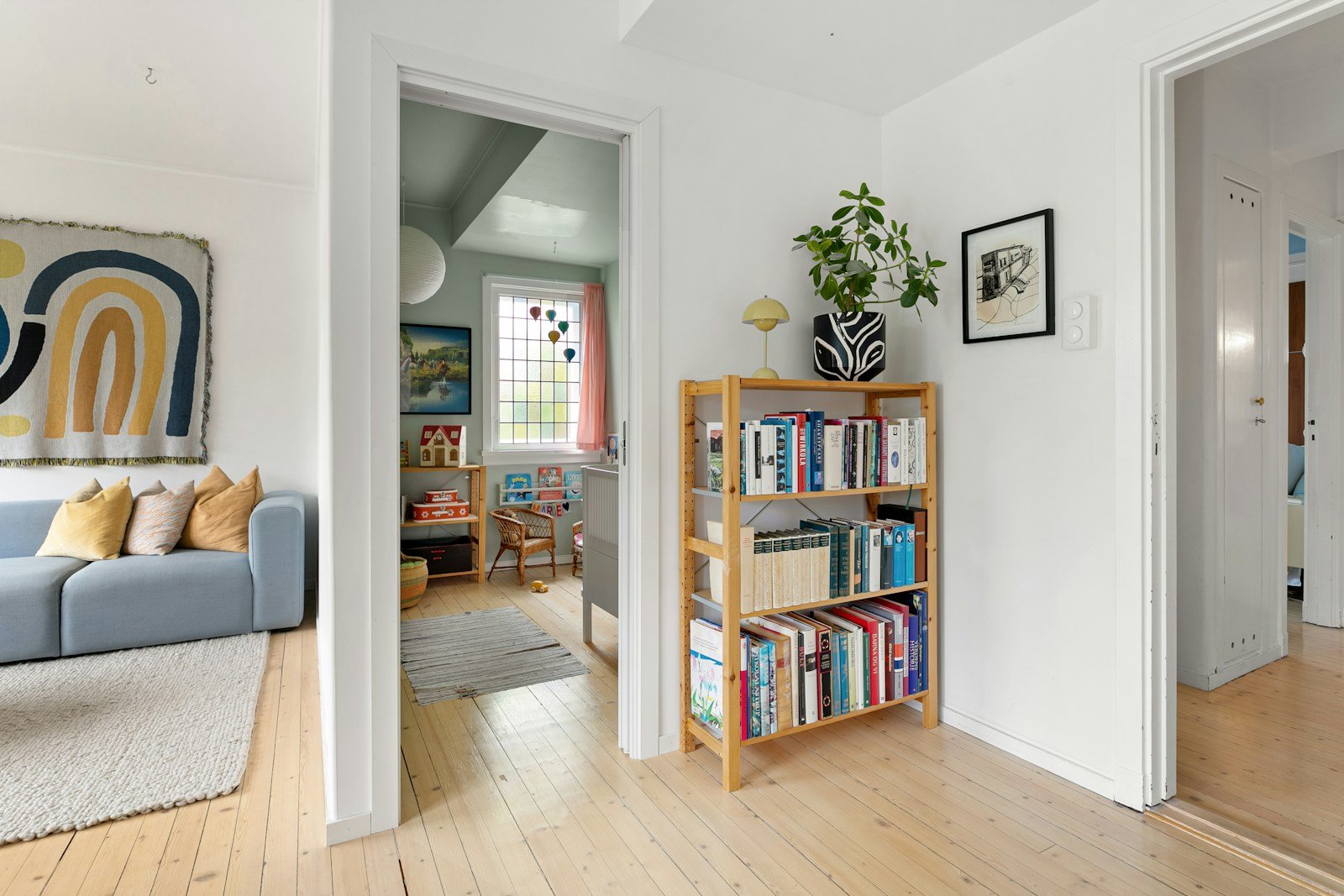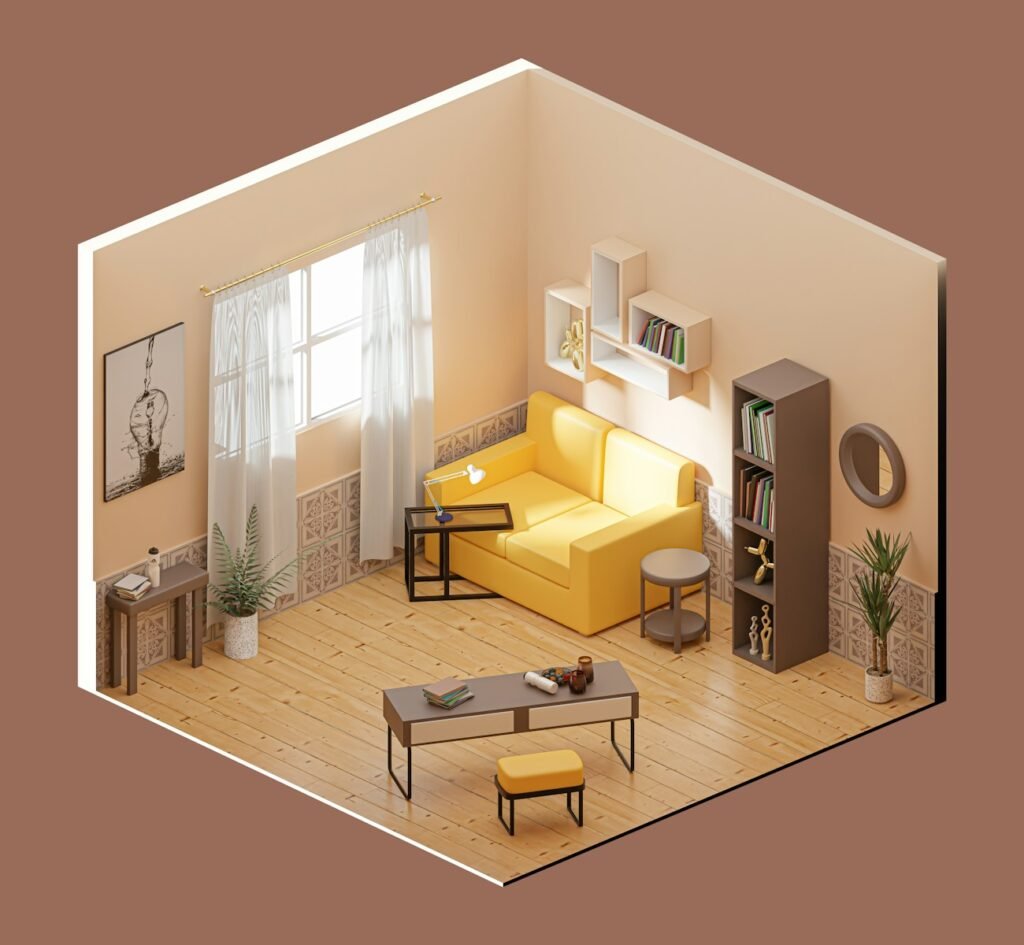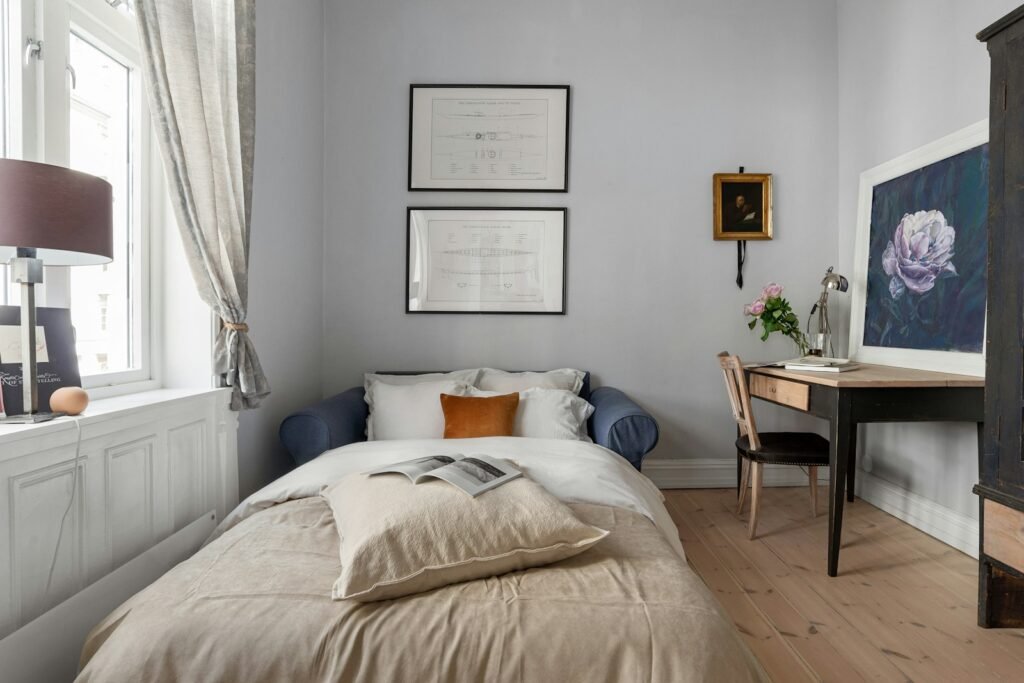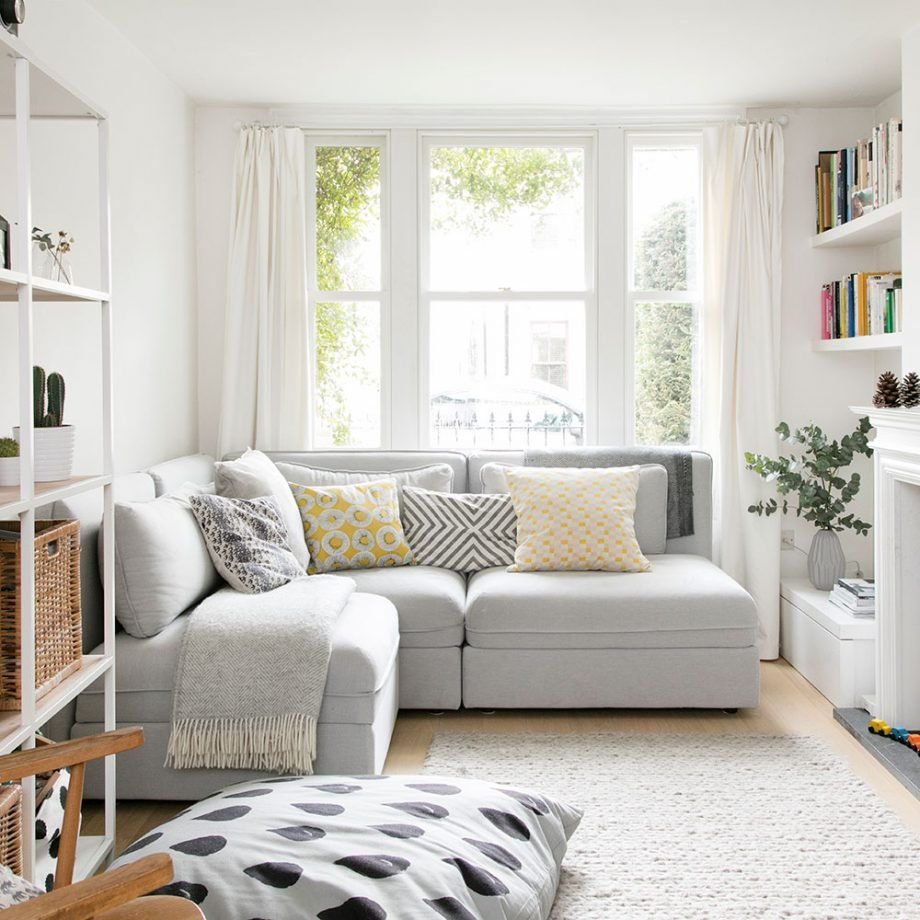Feeling challenged by the dimensions of your apartment or home? You are far from alone. The trend towards urban living and minimalist lifestyles means that more people are discovering the joys and challenges of compact interiors. However, a small space is not a design obstacle; it is an opportunity to practice creativity, intentionality, and smart planning. The goal is not merely to fit your life into a confined area but to craft an environment that feels expansive, functional, and deeply personal. This transformation is achieved not through magic, but through the strategic application of proven design tips for small spaces. By embracing these principles, you can turn your cozy confines into a sanctuary of style and efficiency. Let’s explore the essential design tips for small spaces that will revolutionize your home.
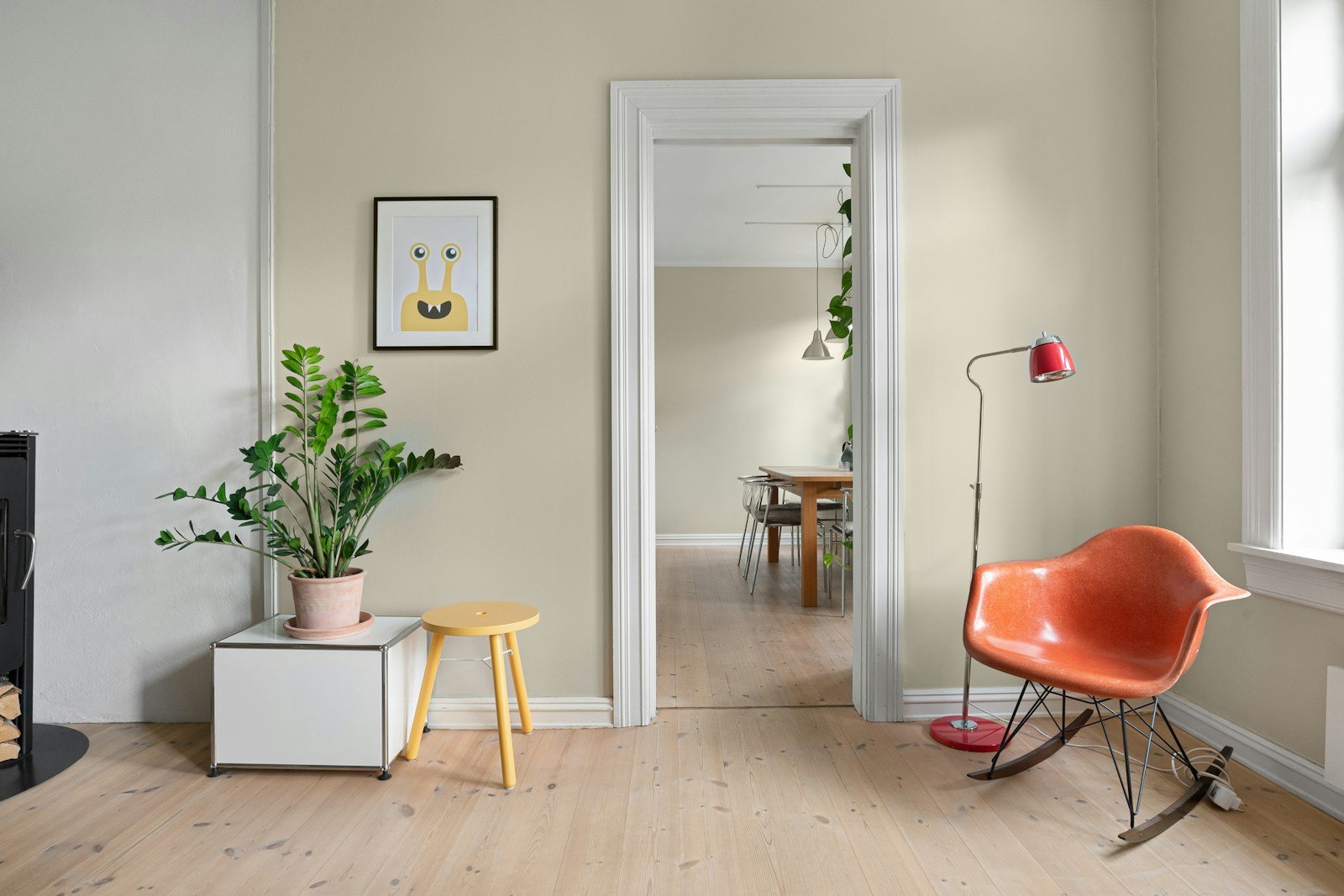
The Fundamental Philosophy: Mindset Shifts for Compact Living
Before we delve into the tangible design tips for small spaces, it’s crucial to adopt the right mindset. The core philosophy of small-space living is one of curation and quality over quantity. Every single item, from a piece of furniture to a decorative object, must earn its place. This mindset shift is the most important of all design tips for small spaces. It means letting go of clutter, resisting impulsive purchases, and prioritizing pieces that are both beautiful and functional. Embracing this intentional approach is the first and most critical step toward creating a home that feels open and serene, rather than cramped and chaotic. These foundational design tips for small spaces set the stage for everything that follows.
Mastering the Illusion: Color and Light as Your Best Tools
The strategic use of color and light is one of the most powerful and cost-effective design tips for small spaces. These elements can fundamentally alter the perception of a room’s size and shape without moving a single wall.
-
The Power of a Light Palette: It’s a classic for a reason: light colors reflect light, while dark colors absorb it. Painting your walls, ceiling, and trim in a light, neutral palette (think whites, off-whites, pale grays, or soft pastels) will make the surfaces recede, creating an airy and open feel. This is one of the most fundamental design tips for small spaces. For a cohesive look that enhances the sense of space, consider using similar light tones for your major furniture pieces and curtains.
-
Create a Monochromatic Flow: To amplify the sense of spaciousness, employ a monochromatic color scheme. Using varying shades and textures of a single color throughout the space eliminates visual choppiness. When the eye travels around the room without being stopped by drastic color changes, the space appears larger and more unified. This sophisticated approach is a key element in advanced design tips for small spaces.
-
Harness the Magic of Mirrors: Mirrors are the secret weapon in the arsenal of design tips for small spaces. A large mirror strategically placed opposite a window will double the amount of natural light in the room and reflect the view, creating the illusion of another window. Leaning a large floor mirror against a wall or using a collection of smaller mirrors in an artful arrangement can add depth and dimension instantly.
-
Layer Your Lighting: Relying on a single, harsh overhead light is a common mistake. Instead, create a layered lighting plan. Combine ambient (general) lighting, task (focused) lighting, and accent (decorative) lighting. Use a combination of ceiling fixtures, floor lamps, table lamps, and even LED strip lights under shelves. A well-lit room with multiple light sources feels warmer, larger, and more inviting, making this one of the most impactful design tips for small spaces.
Furniture Strategy: Choosing and Arranging for Maximum Impact
The furniture you select and how you arrange it will make or break your small space. These design tips for small spaces focus on scale, function, and flow.
-
Embrace Scale and Proportion: The number one rule is to avoid over-scaled furniture. A massive, overstuffed sectional will devour a room. Instead, seek out “apartment-sized” or “apartment-scale” pieces—sofas, chairs, and tables specifically designed for compact living. Look for designs with raised legs, as the visible floor space underneath creates a sense of lightness. These practical design tips for small spaces ensure your furniture complements the room, rather than conquers it.
-
Prioritize Multi-Functional Pieces: In a small space, every piece must work hard. This is the heart of functional design tips for small spaces. Opt for a storage ottoman that serves as a coffee table, extra seating, and a hiding place for blankets. Choose a nested table set that can be expanded when needed. Consider a sofa bed for guests or a desk that folds up into the wall when not in use. These dual-purpose solutions are invaluable.
-
Float Your Furniture: A common instinct is to push all furniture against the walls. However, this can often create a hollow, uninviting center. “Floating” your key furniture piece, like the sofa, even a few inches away from the wall can create a sense of depth and improve traffic flow. This clever arrangement is one of the more nuanced design tips for small spaces that can make a room feel intentionally designed.
-
See-Through and Sheer Elements: Incorporate transparency to reduce visual weight. An acrylic or glass coffee table takes up very little visual space, as the eye looks straight through it. Similarly, sheer curtains allow maximum light to pass through while softening windows, making them a perfect choice among design tips for small spaces that prioritize an open feel.
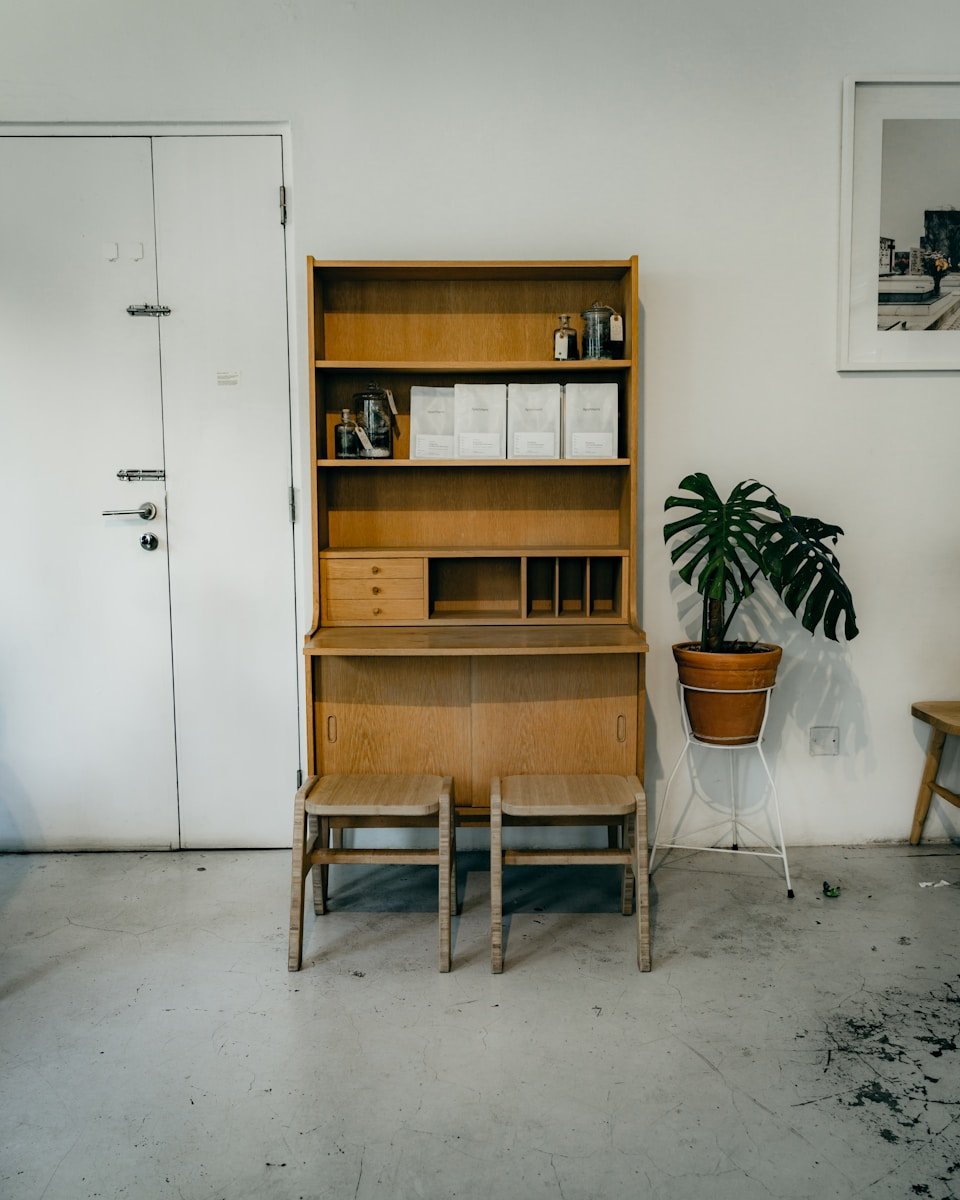
Vertical Thinking: Utilizing the Third Dimension
When floor space is limited, the only way to go is up. Ignoring your vertical space is like leaving money on the table. These design tips for small spaces focus on maximizing your walls.
-
Install Floating Shelves: Floor-based bookcases consume precious square footage. Replacing them with floating shelves provides display and storage space without cluttering the floor. Installing shelves high up toward the ceiling draws the eye upward, making the room feel taller. This is a simple yet highly effective one of the many vertical design tips for small spaces.
-
Go Tall with Storage: When you do need a freestanding storage unit, choose a tall, slender design rather than a short, wide one. A tall bookcase or étagère uses a smaller footprint to provide a significant amount of storage. This approach is a cornerstone of smart design tips for small spaces.
-
Use Wall-Mounted Desks and Tables: Free up floor space by mounting your desk or a small console table directly to the wall. Fold-down desks are perfect for creating a temporary workspace that disappears when not in use, embodying the principle of flexibility that is central to modern design tips for small spaces.
The Final Touches: Decor and Accessories That Elevate, Not Overwhelm
The final layer of decor is where you inject personality, but it must be done with a careful hand. These final design tips for small spaces ensure your accessories enhance the room rather than clutter it.
-
Curate Your Decor: Adopt a “less is more” mentality. Instead of many small, scattered knick-knacks, choose a few larger, more meaningful statement pieces. A single large piece of art is often more powerful than a cluttered gallery wall in a very small room. Thoughtful curation is the final, polishing step in the list of essential design tips for small spaces.
-
Play with Texture: Since color palettes are often restrained, texture becomes your best friend for adding warmth and visual interest. Incorporate a variety of textiles through a chunky knit throw, a smooth leather chair, a nubby wool rug, and soft velvet pillows. These textures prevent a light-colored room from feeling sterile or cold. This is a key design tips for small spaces for adding depth and coziness.
-
Mind the Rug Size: A rug that is too small is a common error. Your area rug should be large enough to anchor the main seating area, with at least the front legs of your sofa and chairs resting on it. A properly sized rug unifies the space and makes it feel more expansive, a subtle but important one of the finishing design tips for small spaces.
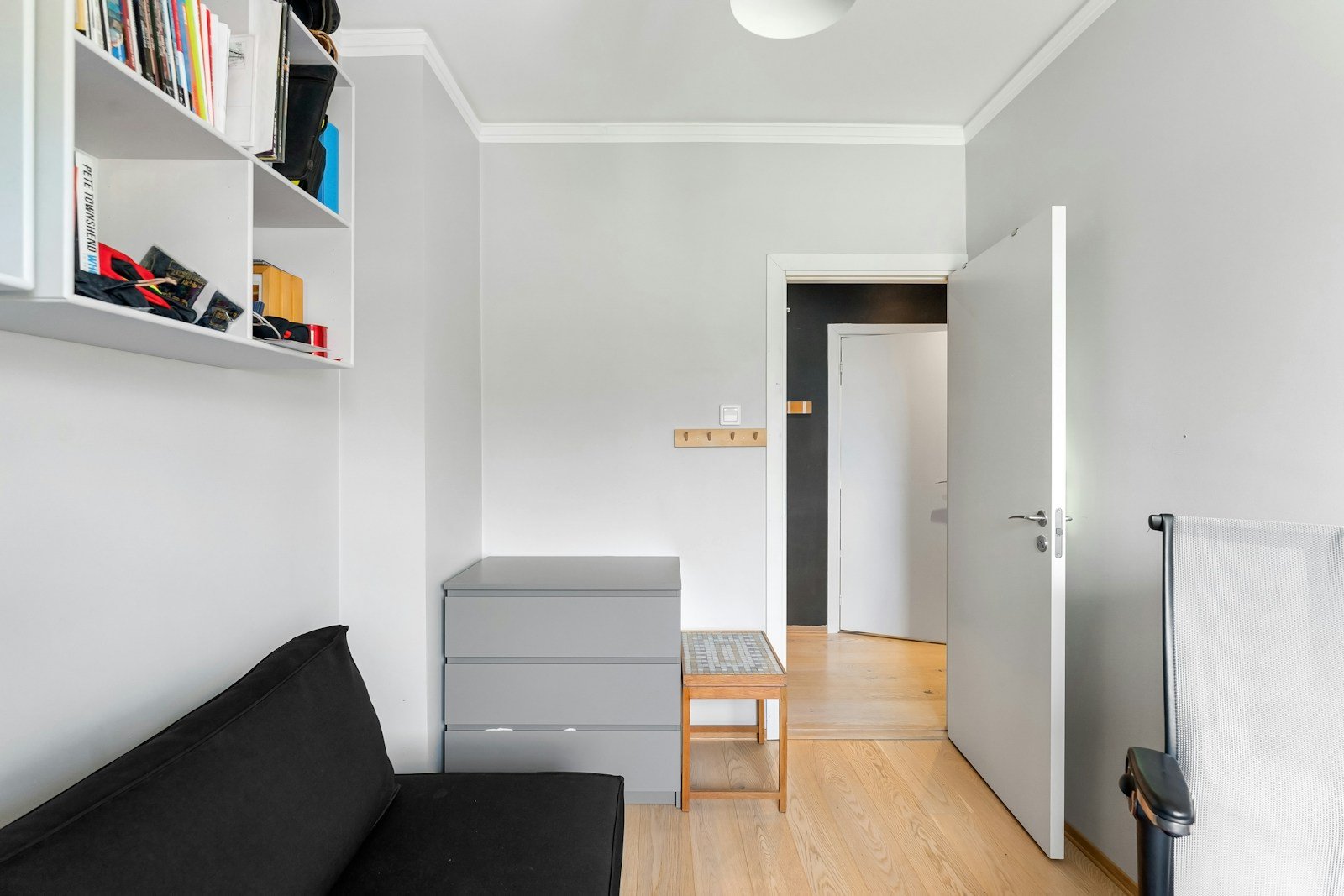
Conclusion: Your Compact Oasis Awaits
Designing a small space is a rewarding exercise in creativity and precision. It challenges you to be more thoughtful about what you bring into your home and how you use it. By implementing these comprehensive design tips for small spaces—from adopting the right mindset and mastering color theory to choosing multi-functional furniture and leveraging vertical space—you can completely transform your environment. Your home will no longer be defined by its square footage but by its intelligent design, effortless flow, and unique character. Remember, these design tips for small spaces are your blueprint for creating a home that feels not just adequate, but abundantly comfortable and truly yours.

